British collector John Alexander has shown me a beautiful Spanish encryption device. Not much is known about its history. Can a reader find out more?
First of all, let me say hello from Charlotte, NC, where I am currently attending the Crypto History Symposium. Like always, it’s a great event. I gave two talks (about unsolved crypto mysteries and German ciphers in WW2), which were well received. I am very grateful to Jeff Law for organizing this symposium.
At the symposium, I met British cipher machine collector John Alexander …
…, who showed me one of his recent acquisitions. It’s a Spanish encryption device named “Cryptografo Palacios”. It comes as a set of two identical devices (one for the sender, the other one for the receiver), two manuals and a box:
Below the cover, the Criptografo Palacios looks like this:
The Criptografo Palacios is partially made out of tinplate, which makes it look like a tin toy. It may even have been produced by a toy company. However, this device was certainly not meant as a plaything but as a serious encryption tool. I am sure that it was considerably more expensive than a toy.
John Alexander, along with a few other conference attendees, is still trying to find out how the Criptografo Palacios works (the manual is in Spanish, which makes things a little tricky). It probably implements a strip cipher, similar to the M-138.
While it should be not too difficult to figure out how the Criptografo Palacios is used, it might a lot harder to find information about its origin. According to the inscription on the cover, the device was made in Zaragoza, Spain. The manual states that it was invented by a certain Don P. Palacios:
Neither the manual nor the device itself provides any information about the age of the Criptografo Palacios. John and I think that it might have been made in the 1920s, when many new cipher tools came to the market, including nice (but insecure and inconvenient) designs like the Kryha machine, the Beyer machine, or the Cryptocode. The Criptografo Palacios would fit well in this line.
Can a reader find out more about this beautiful encryption device? If so, please let John Alexander and me know.
Follow @KlausSchmeh
Further reading: An unknown cipher device from Pleidelsheim, Germany
Linkedin: https://www.linkedin.com/groups/13501820
Facebook: https://www.facebook.com/groups/763282653806483/

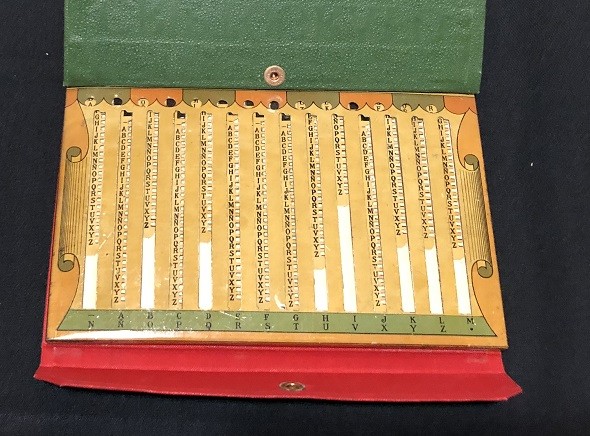
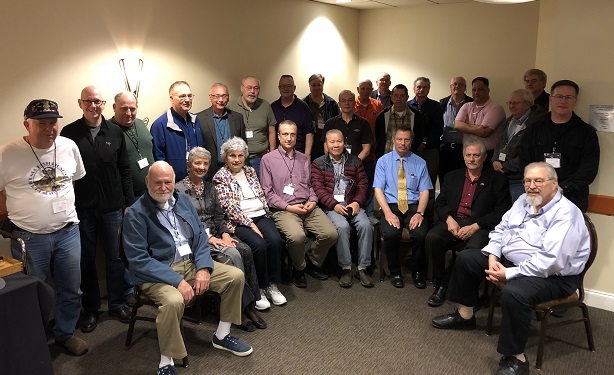
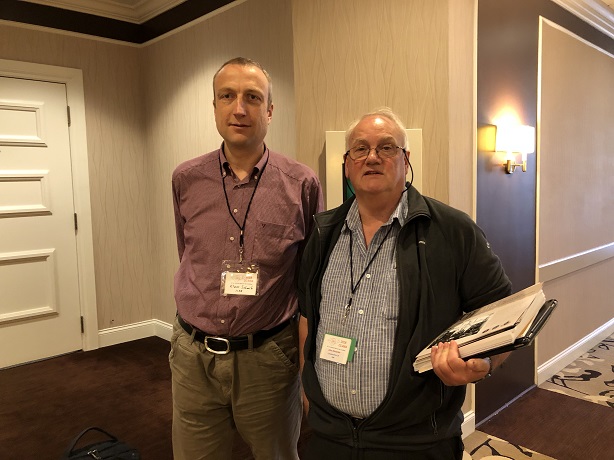
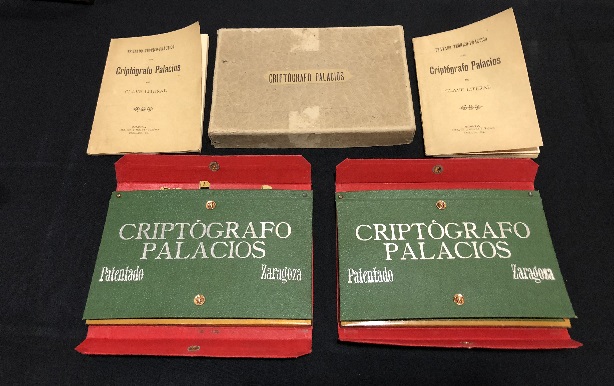
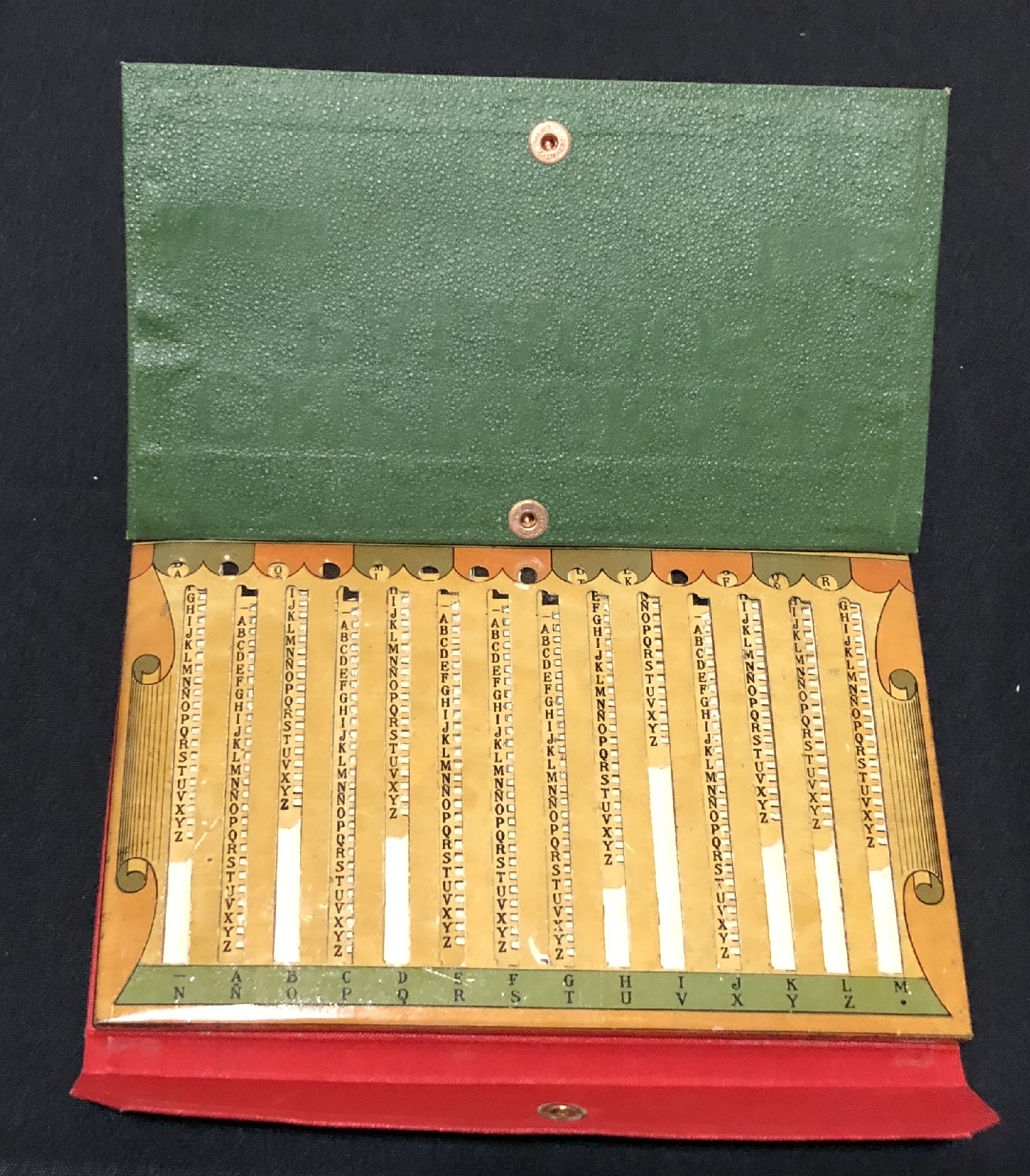
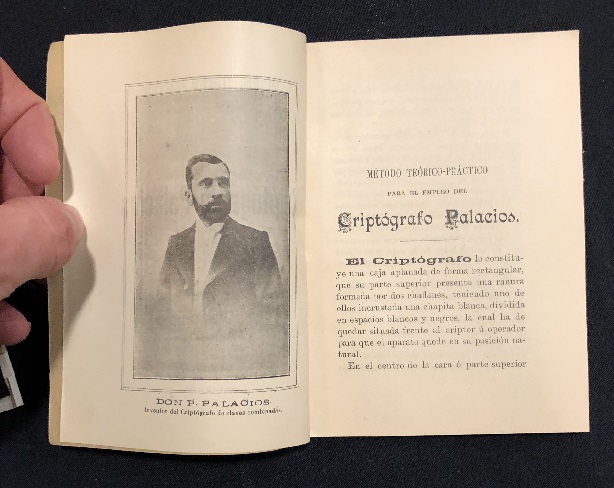

Kommentare (12)